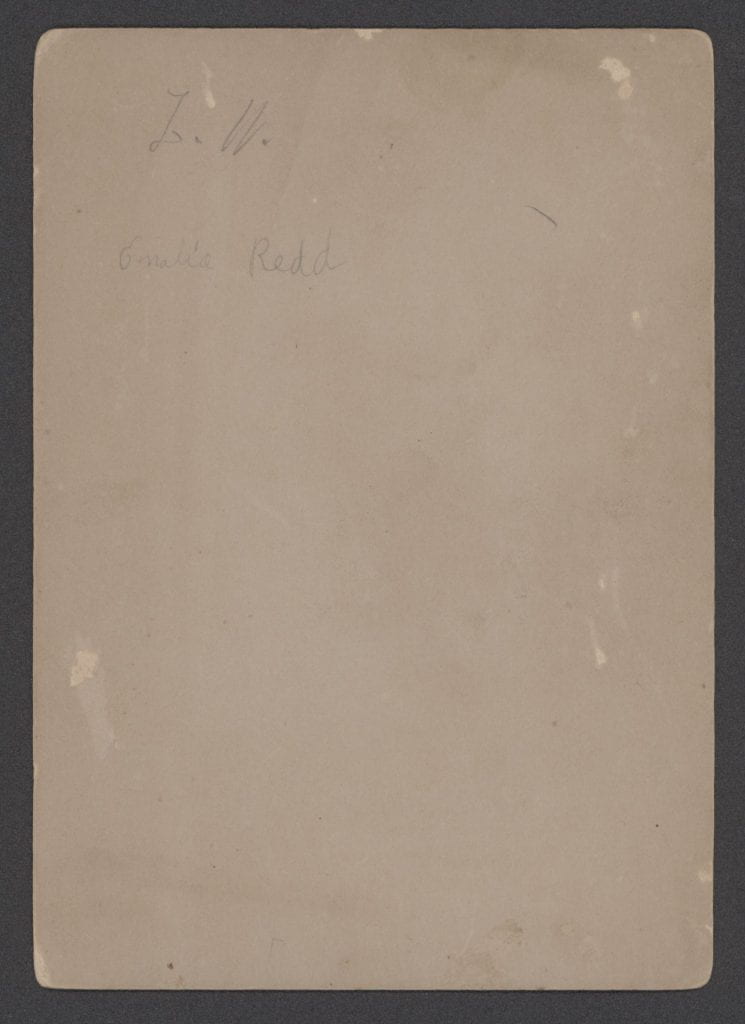Creating pictorial genealogies was the means by which one could ensure against the losses of the past. . . .They provided a necessary narrative, a way for us to enter history without words. –bell hooks1
At the end of October 2023, our class, “Curating the Hidden Collections and the Black Archive,” shared time with visual storyteller and educator Zun Lee. Our conversation was centered around Lee’s ongoing project, Fade Resistance.2 Since 2012, Lee has gathered “Polaroid snapshots of African American family life. Of small and big moments. Of lives that weren’t easy, yet worth celebrating.”3 With more than 4,000 Polaroids documenting the everyday lives of Black people from 1950 onward, Fade Resistance encourages its interpreters to consider how the images might have come to be lost and what it means for them to be seen outside of the original context and purpose.4 Lee’s project also asks us how we might begin reconciling the absence of the original owners of the snapshots? Perhaps Lee would suggest centering the sociality behind and within each Polaroid. As a material object with a past and a future, the Polaroid carries the narratives of the people pictured and involved in the act of image-making. Alone and together, each photograph in Fade Resistance comes together to tell pluralities of stories of people as they remade and made their lives.
We might read the photographs preserved in Fade Resistance as acts of worldmaking. How might we extend this line of thought to think about the photographs in the Black Portrait Photograph Collection? How might we recognize the portrait of an unidentified child at the turn of the century as an act of worldmaking? What acts of worldmaking might the portrait perform as a digital and physical object? How might we come to recognize the sociality preserved within the cabinet card?


Cabinet cards, like this one of a child taken at the turn of the century, were often stored or preserved, tucked into family albums, and exchanged between distant relatives or between community members, solidifying bonds and representing social networks. This cabinet card may have been held and passed around amongst friends and family and perhaps even displayed in a prominent space within the sitter’s home for guests and her family to admire.
This cabinet card includes a portrait of a child standing before a hand-painted backdrop of a domestic interior. The child is positioned in front of the camera, with her gaze directed at the photographer. A long neck vase, a printed tablecloth with a fringe trim, and a table with turned legs are the only visible traces of the hand-painted backdrop draped behind the child. The surviving painted objects frame her within the comfortable environs of a home. She stands upon an ornamental carpet. While the photographer’s props are barely visible, her presence refuses to fade.
The albumen print is pasted on a taupe-colored card stock in the format of a cabinet card. The thick, sturdy mount is adorned with an embossed texture, and a gadrooned border frames the portrait. The decision to have the picture mounted on this specific cardstock was expressed by the sitter or her family. New life and meaning can be wrested when we keep in mind what happened before this portrait was taken and what must have happened after. We may never know what this portrait means to the sitter or her family. But we can start to make sense of the array of conscious decisions and labor behind this portrait. Who took the time to style her hair? Did she choose her dress? Who made the dress? Was it purchased at a department store, handmade, or secondhand from a relative or member of the child’s community? How did she feel having her portrait taken? Was this the first time she had her photograph taken? The possibilities are limitless and extend its capacity for worldmaking. Considering what may have happened and what had to happen to get to the moment in time where this child had her photograph taken removes the limitations and confines of only having this specific portrait of this individual.
At some point in the cabinet card’s life, someone took it upon themselves to inscribe “L. W., Emalia Redd,” which is handwritten in pencil. Could this have been a relative to the sitter? Could this be the name of the sitter or her familial relation? Another act of worldmaking, the inscription displays that this object, though severed from its original context, was well taken care of and preserved from its inception. The inscription places the portrait and the sitter within a genealogy. As a result, it extends the memory and history of the portrait and the cabinet card as a material object with a physical presence in the lives of various people. While we may never know if the sitter is Emalia Redd, the inscription is merely a starting point to carry forward the narrative of the sitter. It is also evidence of how social networks and connections circulate through photographic objects. As “records,” they hold close the attachments, memories, and histories surrounding the photograph that may very well be “lost.” As we might glean from this photograph and those preserved in Fade Resistance, “Sociality does not decay.”5
Citations
1. bell hooks, “In Our Glory: Photography and Black Life,” in Art on My Mind: Visual Politics (New York: The New Press, 1995), 62–63.
2. See Zun Lee, “Fade Resistance,” Zun Lee, December 4, 2023, https://www.zunlee.com/faderesistance
3. Lee, “Fade Resistance.”
4. Lee has trusted the Art Gallery of Ontario (AGO) with the stewardship of the project.
5. Zun Lee in discussion with class, October 2023.

